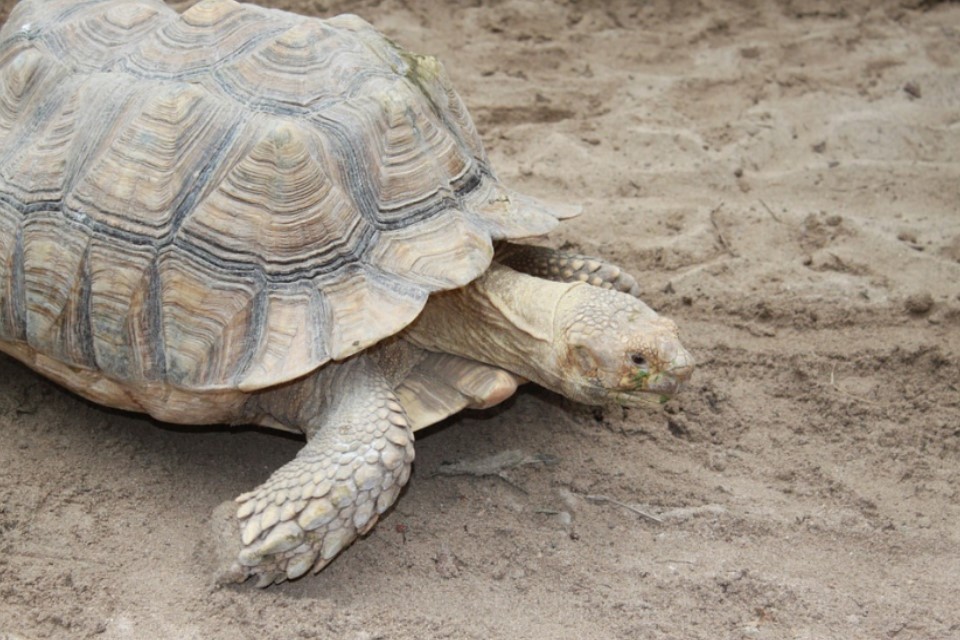The land turtle is shy and secretive. They are found in small numbers all over the world, including North America, Mexico, Central America, South America, Australia, and Polynesia. The land turtle faces many threats in the wild.
The land turtle, the oldest reptile
Among the oldest living reptiles, land turtles number around 75 different species. Moreover, they have changed very little physically since their arrival on earth: they have a rounded shell (which can be twice their weight) and thick legs topped with claws. It is known that some specimens reach venerable ages, around 120 years. Their passivity and slowness unfortunately make them one of the most exploited animals.
A popular NAC
It is possible to have a land turtle at home. Once adult, she can live in a garden (with a shelter to rest) during the beautiful days. On the other hand, the garden must be fenced to avoid running away. In the wild, it is found on all continents (except Australia, Antarctica and arctic areas): it likes to live in forests, steppes and dry savannas. Other species like the tropical and humid forest.
What does a land turtle eat
In a garden, she can be independent, but you still have to think about feeding her and giving her something to drink. For wild species, their diet is very varied. Indeed, unlike the aquatic turtle which can be exclusively carnivorous or omnivorous, land turtles can be carnivorous, while others are omnivorous, herbivorous or frugivorous.
Regulations
Yes, there are regulations regarding the land turtles that individuals may have in their homes. In question ? Until 1979, it was so easy to have one at home that their numbers in the wild have drastically reduced. Some species have even found themselves endangered. It is for this reason that it is forbidden to acquire the Hermann tortoise, the Greek tortoise and that of Florida.
Where does the land turtle hide its eggs
Although turtles are slow and rather peaceful animals, matings can sometimes be violent and mates can injure each other. The male turns around the female, can bite her hind legs, comes back in front and turns. In fact, he’s trying to immobilize her so he can get on top of her.
After 4 to 8 weeks depending on the species, the eggs are formed. For the laying, the female then digs a hole of ten centimeters sheltered from the rain (to avoid drowning) but in a sunny place (for the heat) to lay her eggs.
As soon as an egg falls, the turtle places it properly with its hind legs while waiting for the next one. The number of eggs is proportional to the size of the animal. Then, it plugs the hole, smooths the ground and camouflages it to prevent it from being discovered by its predators. Finally, she gives up everything to let nature do things. After two months, the young are born with a bill that presents a protuberance and which allows them to quickly break the shell.
